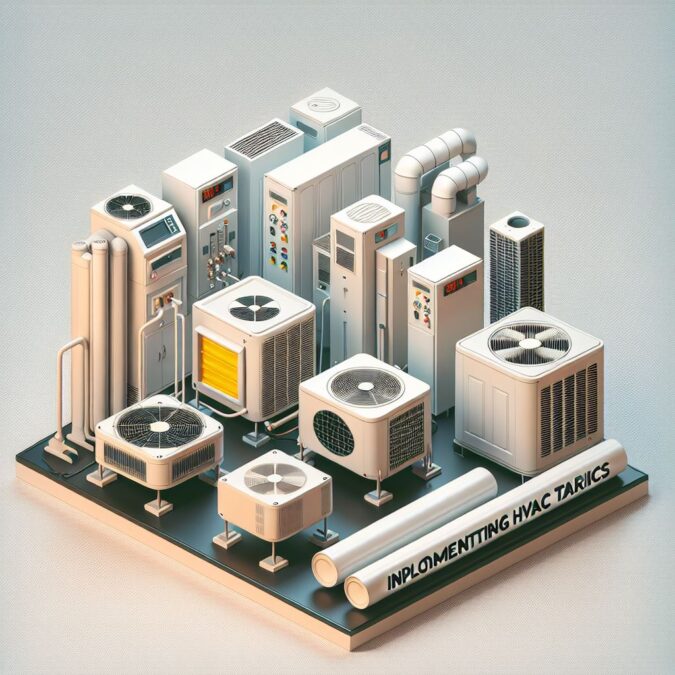We have been writing, crossing out, rewriting on the impact of tariff battles between the US, Canada, Mexico and China. We had a number of articles ready to publish then had to hit the stop button to react to another announced change.
Late last week it was “Let’s get ready to rumble” and now the cage match tariff talk has gone back into a 30-day negotiation talk period at least with the NAFTA participants. Where it ends up will be interesting to watch, but as a distribution mentor used to tell me often at Crescent Electric Supply as a channel leader “you must plan for all contingencies.”
So, how can you be in the best position as a HVACR Channel leader to plan for all tariff contingencies?
David and I came up with a tariff contingency planning checklist for any potential tariff impacts that you might want to consider.
- Country of origin and getting that information updated in your ERP and tracking system on every SKU you sell.
- If Tariffs are enacted that affect you – Review your T&Cs on outstanding quotes and your T&Cs on currently quoted projects
- Talk with your manufacturer and distributor partners early and often on how you are together going to handle any Special Pricing Agreement (SPA) updates at the customer level. This is a big task. Use a Pareto process and start with the largest customer potentially effected on a SPA change and work down the list. If it happens, go fast and bring the resources you need to the project to get covered on 80% of the business impact as fast as possible.
- How does a tariff impact affect your backside rebate income? A rather big topic as manufacturers unit volume may stay flat, but the purchases made by distributors may grow in sell price by double digits. Again, talk with your channel partners early and often, as surprises and changes here that are not communicated properly can destroy partnerships.
- Commission to your sales teams … Do you consider a “cap” vs compensating them on tariff-inflated revenue?
- What should you buy and store? With Tariffs come risks upside and downside to a buy and store approach and how much risk do you want as an organization? If you are willing to make a bet, make sure you do it with proper data.
- If tariff action puts you in an Average Cost position where you have the advantage against the competition how do you get paid more for that advantage without being perceived as taking advantage of that with your customers?
The above quick short list is important to review with your teams. If a tariff happens be in position to act quickly. So, where do you start? I suggest starting with sell price and working backwards. For example: if you have 30% of your stock sales tied to a Customer Specific Price (CSP) or SPA with a supplier you need to know how to react customer by customer on SPAs and CSP’s.
I reached out to my friends from ACTvantage- Pradip Krishnadevarajan and Senthil Gunasekaran for some additional comments. Their books on Customer Segmentation and Pricing Management I have used for my entire career as a distribution leader and they always have great advice.
I asked Pradip and Senthil for some comments on “what if” contingency planning and they shared some very practical ideas.
